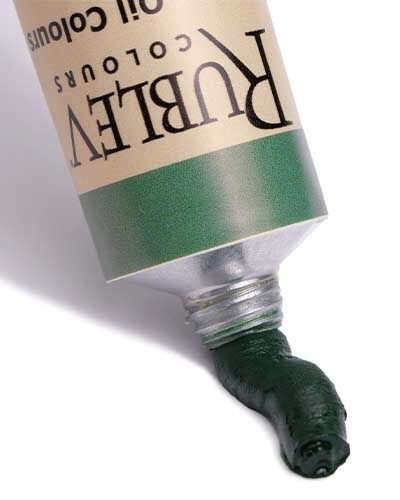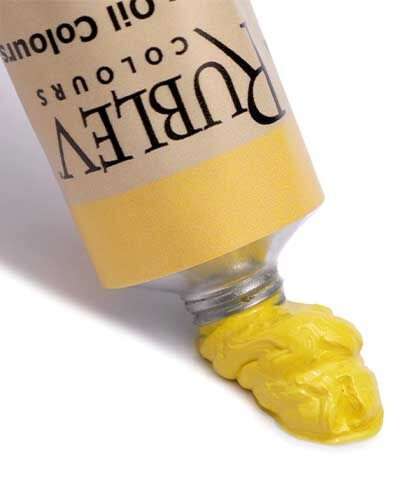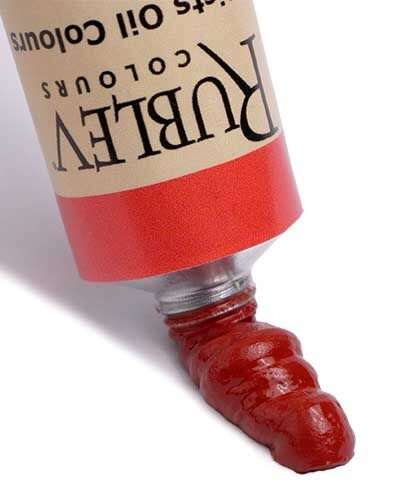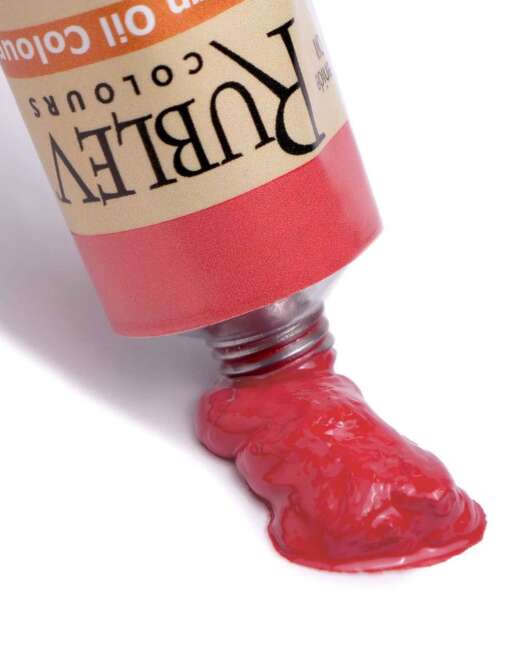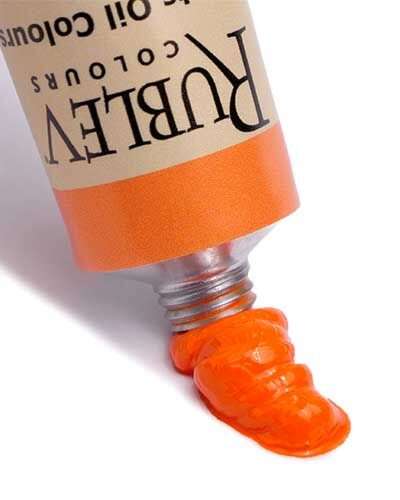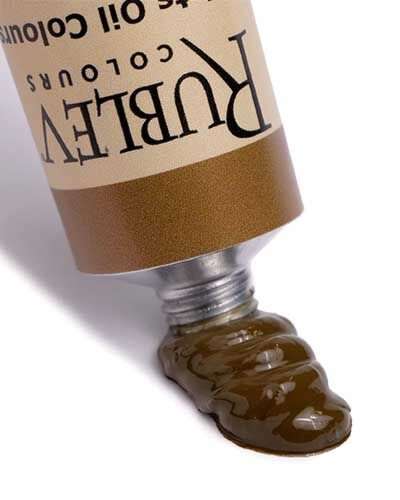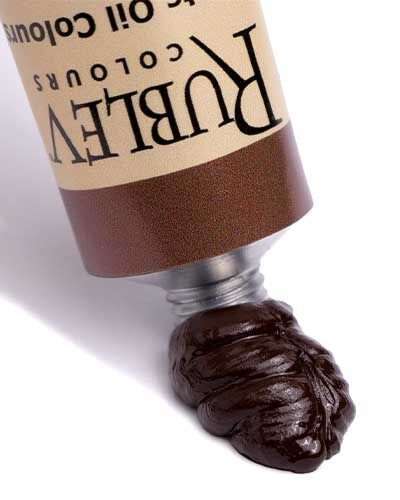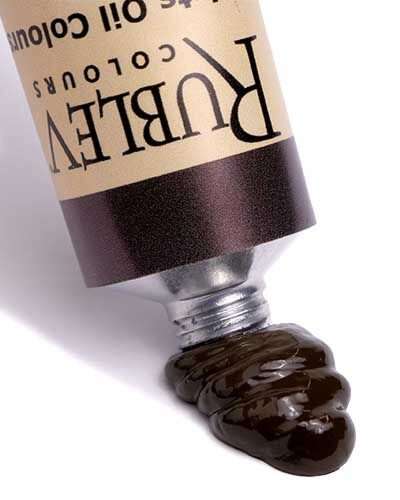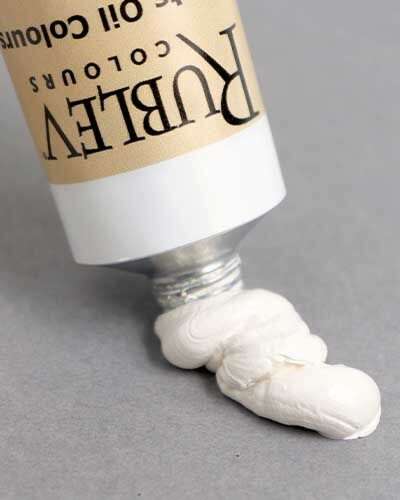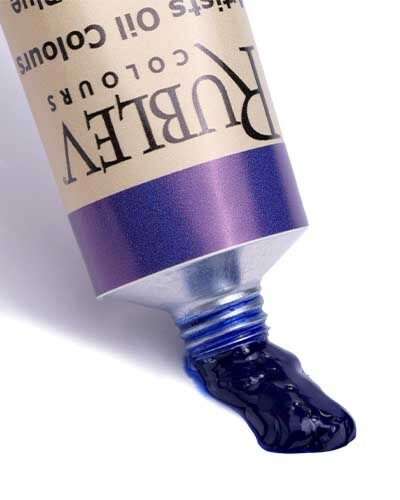Joaquín Sorolla primarily used oil paint as his medium. His mastery over oil paints allowed him to achieve the vibrant luminosity and texture that characterize his work.
Joaquín Sorolla Palette: Master of Light and Color in "Visions of Spain"

Joaquín Sorolla y Bastida, a luminary in painting from late 19th to early 20th century Spain, carved a niche for himself with his unparalleled mastery of light and color. His oeuvre, particularly the Visions of Spain series, is a testament to his ability to harness the vibrancy of the Mediterranean and the essence of Spanish landscapes and culture. This essay delves into Sorolla’s color palette, highlighting his technique and its impact on the perception of movement and depth.
Early Influences and Artistic Journey
Sorolla’s formative years at the San Carlos Academy of Fine Arts in Valencia laid the groundwork for his illustrious career. His subsequent travels to Rome and Paris enriched his palette, drawing heavily from the Impressionists and the esteemed Francisco de Goya. These experiences refined his sensitivity to the interplay of light and color, which became the hallmark of his work.

Vision of Spain (Spanish: Visión de España), a 1913–19 series of fourteen monumental canvases by Spanish painter Joaquín Sorolla depicting the customs, costumes, and traditions of regions of Spain. The series was commissioned by Archie Huntington for the Hispanic Society of America.
The Palette of Visions of Spain
In Visions of Spain, Sorolla visually explored the country’s diverse regions through color. He adeptly used warm hues—yellows, oranges, and reds—to capture the sunlit essence of Valencia in Valencia, The Garden of the Alameda. Conversely, Asturias, The Beach of San Lorenzo is imbued with cool blues and greens, mirroring the misty, rugged terrain of Asturias. These choices were not mere representations but were infused with Sorolla’s deep connection to nature and his keen observation of the effects of light on the landscape.

Joaquín Sorolla, Ninos a la orilla del mar (The Young Amphibians), 1903, oil on canvas, 96.2 cm × 130.5 cm ((37.8 in × 51.3 in), Philadelphia Museum of Art

Joaquín Sorolla, ¡Triste herencia! (Sad Inheritance!), 1899, oil on canvas, 210 cm × 285 cm (82.6 in × 112.2 in), Bancaja
Color as Expression
Sorolla’s palette was not merely a tool for depicting landscapes but also a medium for portraying people and culture. The painting The Young Amphibians exemplifies this, where the warm spectrum celebrates the luminosity of youth against the backdrop of Spain’s sunny shores. In stark contrast, The Sad Inheritance utilizes cool tones to echo the painting’s somber narrative, showcasing Sorolla’s adeptness at using color to evoke emotional responses.

Joaquín Sorolla, Valencia, The Garden of the Alameda, 1909, 8.5 cm × 12.2 cm (3.3 in × 4.8 in), Hispanic Society of America
Technique and Vision
A defining feature of Sorolla’s technique was his ability to create movement and depth through color contrasts. In paintings like Valencia, The Garden of the Alameda, the juxtaposition of warm and cool colors guides the viewer’s eye, crafting a dynamic scene brimming with life. This method, a blend of realistic and impressionistic styles, directly reflected Sorolla’s profound understanding of visual perception and his dedication to capturing the vibrancy of the natural world.
The Legacy of Sorolla
Sorolla’s Visions of Spain is a vibrant chronicle of the nation’s landscape and ethos. Through over 60 paintings, he unveiled Spain’s diversity and splendor, employing a rich palette that ranged from the radiant yellows of Valencian Fishermen to the tranquil blues and greens of Beach at Valencia. His portraits, too, such as Portrait of a Young Girl, reveal his prowess in using color to breathe life and emotion into his subjects.

Sorolla’s Palette of Colors
From about 1900 onwards, for outdoor work (as opposed to studio portraits), Sorolla’s palette consisted of cobalt violet, rose madder, all the cadmium reds, cadmium orange, all the cadmium yellows, yellow ocher, chrome green, viridian, Prussian blue, cobalt blue, French ultramarine, and lead white.
For studio portraits, he changed his palette to one that included black, burnt umber, raw umber, rose madder, burnt sienna, raw sienna, yellow ocher, Naples yellow (lead antimonate), vermilion, and cobalt blue. Occasionally, Sorolla would add orange, pink, or purple, emphasizing strong tonal contrasts over ambitious color effects.

The Grandeur of Vision of Spain
Joaquín Sorolla’s magnum opus, Vision of Spain, is a breathtaking assembly of 14 monumental panels that pay homage to the diverse cultures, traditions, and landscapes of Spain. Created for the Hispanic Society of America, these oil on canvas masterpieces have been a centerpiece of the society’s museum collection since their debut in 1926. Each panel meticulously portrays the essence of different Spanish regions, offering viewers a comprehensive and immersive experience of the country’s rich heritage.
A Detailed Look at the Panels
Vision of Spain is composed of a series of panels, each depicting a unique aspect of Spanish life and scenery:
Castilla. La Fiesta Del Pan (1913): A vast portrayal of the bread festival, spanning over 50m² across seven canvases of unequal size.
Sevilla. Semana Santa: Los Nazarenos (1914): Capturing the solemnity of Holy Week in Sevilla.
Aragón. La Jota (1914): A lively depiction of the traditional Jota dance.
Navarra. El Concejo Del Roncal (1914): Showcasing the council of Roncal.
Guipúzcoa. Los Bolos (1914): Illustrating the local bowling tradition.
Andalucía. El Encierro (1914): The excitement of the bull run.
Sevilla. El Baile (La Cruz De Mayo) (1915): A scene from the May Cross Festival dance.
Sevilla. Los Toreros (1915): The elegance and bravery of bullfighters.
Galicia. La Romería (1915): The festive pilgrimage.
Cataluña. El Pescado (1915): The vibrant fish markets.
Valencia. Las Grupas (1916): Depicting horse-mounted herders.
Extremadura. El Mercado (1917): The bustling market life.
Elche. El Palmeral (1918–1919): The unique palm groves.
Ayamonte. La Pesca Del Atún (1919): Tuna fishing in Ayamonte, spread across two canvases.
Unique Features and Preservation
Remarkably, all panels maintain a uniform height of approximately 3.50 meters while their lengths vary, showcasing Sorolla’s adaptability to different compositions and ability to capture expansive narratives within confined dimensions. The Castilla and Ayamonte panels are noteworthy for their division into multiple canvases, covering nearly 50m² and 17m², respectively.
Despite their age, the panels are well-preserved, revealing Sorolla’s meticulous canvas preparation with vibrant color pastes and textured, matte finishes. The absence of varnish enhances the natural textures, allowing each scene to stand out in its full pictorial richness.
Through Vision of Spain, Joaquín Sorolla y Bastida immortalized the vibrancy and diversity of Spanish culture, leaving behind a legacy that continues to enchant and inspire. These panels are not just paintings; they are windows into the soul of Spain, meticulously crafted by one of its most passionate observers.
Preparatory Layers of the Visions of Spain
Joaquín Sorolla’s Vision of Spain, an ambitious series of 14 panels, showcases not only his skill as a painter but also his meticulous approach to preparing his canvases—a crucial step that set the stage for each masterpiece. The preparation of these canvases, totaling 21 across the series, involved a variety of primers that provided the perfect backdrop for Sorolla’s vibrant pigments.
Lead white is the main component of the preparatory layers, identified in 12 canvases. A mixture of lead white and zinc white was identified in two canvases. A mixture of lead white, zinc, and barium compounds (probably lithopone) was identified in two canvases. Zinc and barium compounds (probably lithopone) were identified in the upper canvas from Ayamonte: La Pesca del Atún. The priming layer from Sevilla: Los Toreros showed the presence of calcium and iron as main compounds, probably over a layer of lead and zinc white. The preparation layers of the canvases have tones ranging from white to cream or toasted shades associated with the presence of iron and calcium as minor or trace elements.
Pigments Identified in the Paintings of Visions of Spain
The artist alternates wider, thicker brushstrokes and more violent, shorter strokes of mixed and unmixed colors applied directly from the tube. The ‘fingerprint’ of these oil paintings is the systematic use of lead white in the priming layer and a mixture with other pigments in the paint layer. Sorolla made predominant use of certain pigments such as cobalt-based pigments in blue colors, chromium-based pigments in green colors, yellow ochre and cadmium yellow in yellow colors, vermillion in red colors, a mixture of vermillion and cadmium yellow in orange colors and ocher or sienna in brown colors. Results from a detailed analysis also indicated the possible use of bone black and charcoal in black colors and the use of organic pigments in some colors.
Diverse Whites for Depth and Tone
Sorolla’s preference for lead white as a base is evident across all panels, used in pure form or mixed with zinc white and zinc-barium compounds, which is likely lithopone. This choice of whites allowed him to achieve a range of bright colors and subtle skin tones, from the warm glow of cheeks to the nuanced shadows of facial features. The incorporation of lithopone, in particular, lent a vibrancy to the yellows, reds, blues, and greens, enriching the overall palette.

Joaquín Sorolla, Sevilla. El Baile
Capturing the Subtleties of Violet
The violets in Sorolla’s work, achieved through the use of manganese violet and cobalt-based compounds, add a rich depth to his scenes. These pigments, carefully selected for their color fidelity and stability, allowed Sorolla to precisely render the intricate details of clothing and highlights. Sorolla also achieved violet tones by mixing different pigments; for example, the violet pigments of the bullfighter’s stockings in the panel Sevilla were achieved by mixing vermilion, yellow ochre, and cobalt blue. Manganese violet is the violet pigment most frequently used in his work.

Joaquín Sorolla, Sevilla. Los Toreros
The Blues of Emotion and Atmosphere
Sorolla’s blues, predominantly cobalt aluminate blue, played a pivotal role in conveying the mood and atmosphere of each scene. This choice of pigment provided a durability and intensity unmatched by other blues, making it a staple in his palette. Despite the challenges in identifying certain blue pigments, such as synthetic ultramarine blue, Sorolla’s strategic use of cobalt blue contributed significantly to the emotional depth of his works. Less frequently, he used the pigments azurite and Prussian blue.

Joaquín Sorolla, Castilla. La Fiesta del Pan

Joaquín Sorolla, Andalucía. El Encierro
The Vibrancy of Green
Six different green pigments were detected, of which the most frequently used are chromium-based pigments: opaque chromium oxide green and hydrated chromium oxide (viridian). Chromium-based pigments were identified in all the panels and are the main components of the green grounds in Aragón, Navarra, and Guipúzcoa, the green vegetation in Cataluña, and the ground, plants, and palm trees in Valencia, Andalucía, and Elche.
With less frequency, Sorolla also used copper-based greens, such as malachite, verdigris, and emerald green (Paris green). In a few cases, a green earth pigment was used and is likely the pigment in the prickly pear cactus pads in the panel of Andalucía.
Of note is Sorolla’s use of chrome green (a mixture of Prussian blue and chrome yellow) in the panels of Castilla and Cataluña.
The use of chromium-based greens, alongside less frequent copper-based pigments, allowed Sorolla to vividly depict the lush landscapes and vibrant clothing within his panels. These pigments, chosen for their opacity and covering power, demonstrate Sorolla’s keen eye for the natural world.
The Warmth of Yellow
Yellow ochre and cadmium yellow were Sorolla’s go-to pigments for injecting warmth and light into his compositions. For example, cadmium yellow is detected in panels made after the summer of 1914, in the flag of the panel Navarra, in the lanterns of the panel Sevilla: El Baile, in the ground and plants of the panel Andalucía, and the date palms of the panel Valencia. These pigments, used alone or in combination with others, highlight Sorolla’s ability to capture the essence of the Spanish sun and its effects on the landscape and people.
Other yellow pigments were identified less frequently in a small number of panels: chrome yellow and zinc yellow are found in the panels painted before 1916; cobalt yellow was detected in the last panels; strontium yellow and barium yellow were identified in the panels painted in 1915. It is also possible that Sorolla used Naples yellow (lead antimoniate) in some panels, but there is some ambiguity in its positive identification due to the omnipresence of lead.

Joaquín Sorolla, Valencia. Las Grupas
The Intensity of Red and Orange
With its rich red hue, Sorolla frequently mixed vermilion with other pigments to achieve a range of tones from the subtle blush of skin to the vivid drapery. Vermilion is the red pigment preferred by Sorolla and is profusely used in all panels. Vermilion is also used in mixtures with lead white to achieve different phases of hue saturation for the flesh tones of the skin. The addition of cadmium yellow to vermilion allowed for a spectrum of oranges that added life and vibrancy to the scenes. This is seen in the orange fruits in the Valencia panel, the date palms in the panel Elche, and the scarf of a woman in the panel Galicia.

Joaquín Sorolla, Sevilla. Los Nazarenos
Earthy Browns and Deep Blacks
Sorolla used various brown pigments, primarily ochre and sienna, to ground his compositions with earthy tones. The strategic use of black pigments, including bone black and ivory black, provided depth and contrast, underscoring the dramatic intensity of his scenes. These pigments are found in the clothing, adornments, and headdresses in the panel Castilla, the penitents’ tunics in the panel Sevilla: Los Nazarenos, the full dress of the councilmen in the panel Navarra or the bull skin in the panel Andalucía. In other panels, he used lamp black or carbon black.
Sorolla also employed complex mixtures of vermilion, chrome green, and manganese violet with black pigments to create the deep chromatic blacks he conceived.
This exploration of Sorolla’s preparatory layers and pigment choices gives us insight into the technical prowess and artistic vision underpinning his iconic Vision of Spain. His systematic approach to canvas preparation and pigment selection not only enhanced the visual impact of his work but also ensured its enduring legacy.
Evoking Emotion and Atmosphere Through Color
Joaquín Sorolla’s unparalleled mastery of color to evoke emotion and atmosphere is vividly illustrated in several key pieces from his Visions of Spain series. Each painting, with its unique color palette, invites viewers into a sensory experience that transcends mere visual observation.

Joaquín Sorolla, Valencian Fishermen, 1895, oil on canvas, 65 cm × 87 cm (25.5 in × 34.2 in), National Gallery of London
In Valencian Fishermen, Sorolla crafts a scene bursting with life and vitality through the use of a warm color spectrum. The amalgamation of yellows, oranges, and reds not only captures the essence of a sun-drenched beach but also mirrors the vivacity of the fishermen and the vivid hues of their boats. This strategic use of bright and vibrant colors encapsulates the scene’s fervent energy, simultaneously reflecting the region’s warm climate.

Joaquin Sorolla, La playa de Valencia (Beach at Valencia), signed, dated and inscribed 'A. Don Manuel Garrido/su amigo J. Sorolla Bastida/1908' (lower left), 1908, oil on canvas, 19¾ x 25¾ in. (50 x 65.5 cm.)
Conversely, Beach at Valencia presents a starkly different mood through Sorolla’s color choices. Sorolla depicts a tranquil beachscape by shifting the emphasis towards cool, muted colors such as blues and greens. This palette choice creates a serene atmosphere, where the calm of the beachgoers and the soothing embrace of the sea and sky converge. The cool hues are deliberately chosen to evoke a sense of peace and to mirror the refreshing sea breeze characteristic of the Valencian coast.

Joaquín Sorolla, Portrait of a Young Girl, 1902, oil on canvas, 80.01 cm x 60.96 cm (31.5 in x 24 in), Private Collection.
Beyond landscapes and seascapes, Sorolla’s adeptness with color extends into his portraiture, exemplified by Portrait of a Young Girl. This piece showcases a young subject, her dark hair and bright blue eyes accentuated by a background of warm yellows, oranges, and reds. The choice of palette here is intentional, aimed at imbuing the portrait with warmth and radiance, thus reflecting the youth and vibrancy of the girl.
Through these examples, Sorolla’s artistry in employing color to convey emotion and atmosphere is evident. His works not only capture the visual beauty of Spain but also encapsulate the emotional and atmospheric essence of each scene and subject, showcasing his profound understanding of the power of color in art.
Conclusion
Joaquín Sorolla y BBastida’slegacy is indelibly marked by his innovative use of light and color. His Visions of Spain series not only showcases his artistic genius but also offers a vivid, chromatic journey through the heart of Spain. SSorolla’swork remains a beacon for artists, illustrating the power of color to transform and convey the essence of nature, culture, and emotion.
Acknowledgment
We acknowledge much assistance with the information and photographs of SSorolla’sstudio in the Sorolla Museum, Madrid, Spain, to Thomas Jefferson Kitts. You can learn more about Thomas and his art from his website: www.thomaskitts.com. Thomas recently produced a well-received, 15-hour, detailed demonstration of Sorolla’s materials and working methods, covering his approach to painting outdoors after 1905, available on DVD or by streaming. To learn more, visit Thomas Jefferson Kitts: Sorolla: Painting the Color of Light.
Where to Buy Colors Mentioned in this Article
Build Your Sorolla Palette from
References
Charles Sovek (1990) “Light and Color, Sorolla Style.”The Artist’s Magazine. View Online. Last Accessed November 25, 2020.
Thomas Jefferson Kitts (2012) “Speculating on Sorolla.” Thomas Jefferson Kitts Impressionism + Reality. February 12, 20212. View Online. Last Accessed November 25, 2020.
Clodoaldo Roldán, David Juanes, Livio Ferrazza, Jorgelina Carballo (2016) “Characterization of Sorolla’s gouache pigments by means of spectroscopic techniques,” Radiation Physics and Chemistry, Volume 119, 2016, Pages 253–263, ISSN 0969-806X, https://doi.org/10.1016/j.radphyschem.2015.11.009. View Online.
Roldán, Clodoaldo, Ferrero, J., Juanes, D., Murcia, S. and Ripollés, V. (2011) “Joaquin Sorolla’s pigment characterization of the paintings ’Vision of Spain’ by means of EDXRF portable system,” X‐Ray Spectrometry, Volume 40, Issue 4, July/August 2011, Pages 289–296. https://doi.org/10.1002/xrs.1339.
Thompson, D.S. Sorolla: Spanish Master of Light. New York: The Metropolitan Museum of Art, 2019.
“Joaquín Sorolla and the Technique of Impressionism” (https://www.museosorolla.mcu.es/en/sorolla-and-the-technique-of-impressionism/)
"The Painting Techniques of Joaquín Sorolla" (https://www.widewalls.ch/painting-techniques-joaquin-sorolla/)
Paintings
Sorolla, Joaquín. "Valencian Fishermen". 1907. Oil on canvas. Museo Sorolla, Madrid.
Sorolla, Joaquín. "Beach at Valencia". 1908. Oil on canvas. Museo Sorolla, Madrid.
Sorolla, Joaquín. "Portrait of a Young Girl". 1909. Oil on canvas. Museo Sorolla, Madrid.
Frequently Asked Questions
What medium did Joaquín Sorolla use?
Did Sorolla paint from photographs?
Joaquín Sorolla did not typically paint from photographs. He preferred painting en plein air (outdoors) to capture the dynamic qualities of natural light and color firsthand.
How do artists use color harmonies?
Artists use color harmonies to create visually appealing compositions. By combining colors based on their relationships on the color wheel, artists can evoke specific moods and enhance the overall impact of their work.
How do most artists use color theories to their advantage?
Most artists use color theories to inform their choice of color schemes that can elicit certain reactions or convey specific messages. Understanding color theories allows artists to effectively communicate with their audience through visual language.



